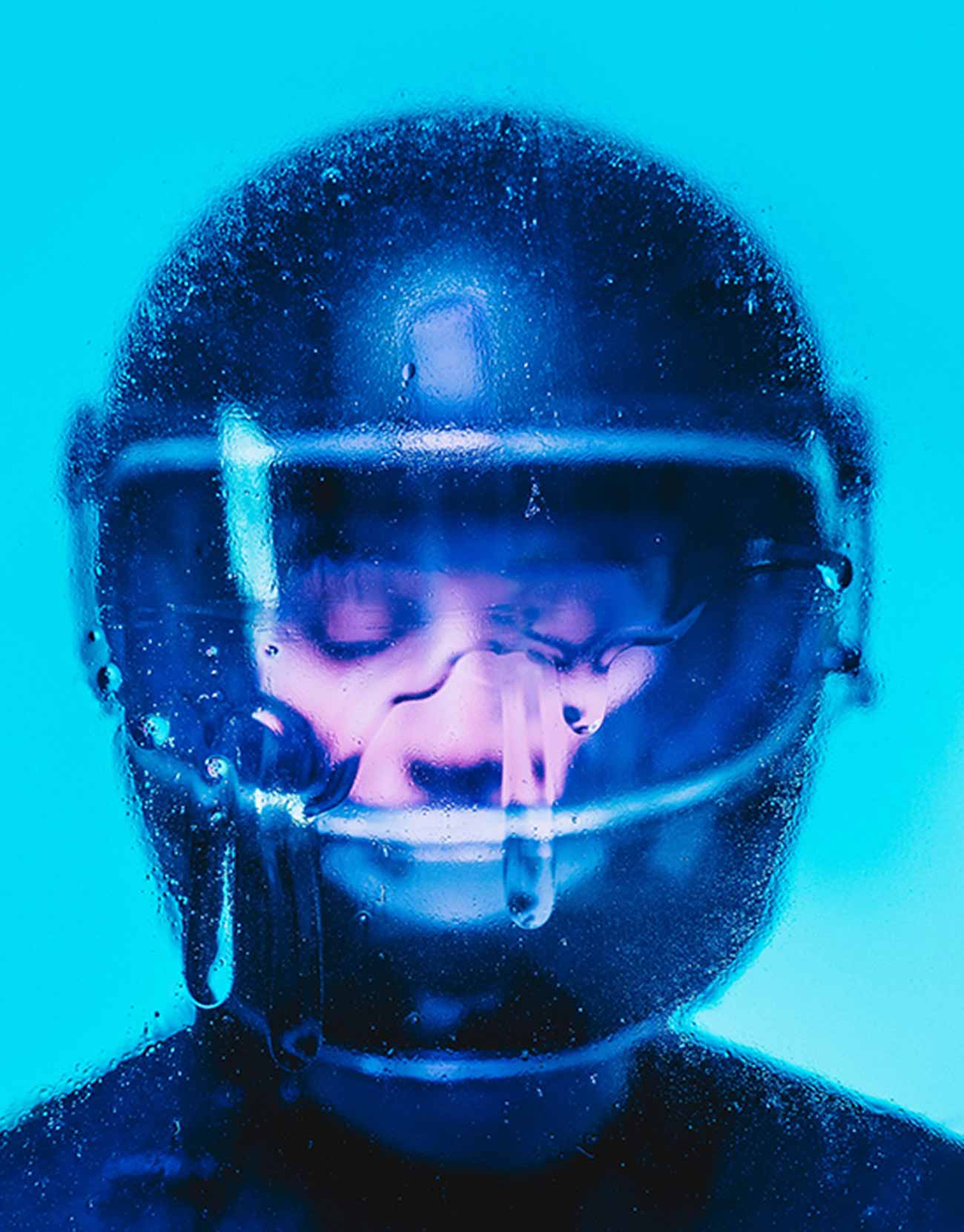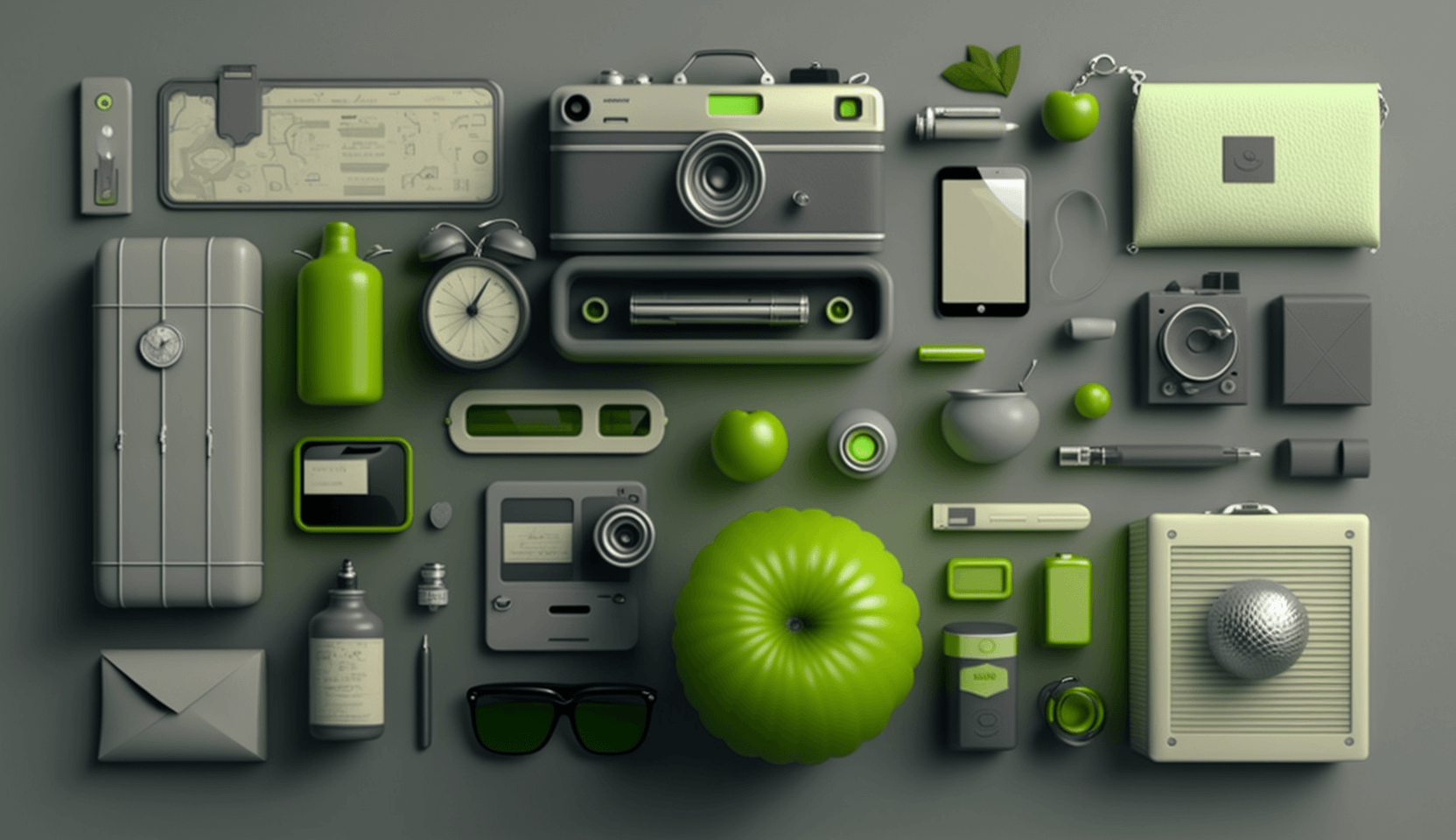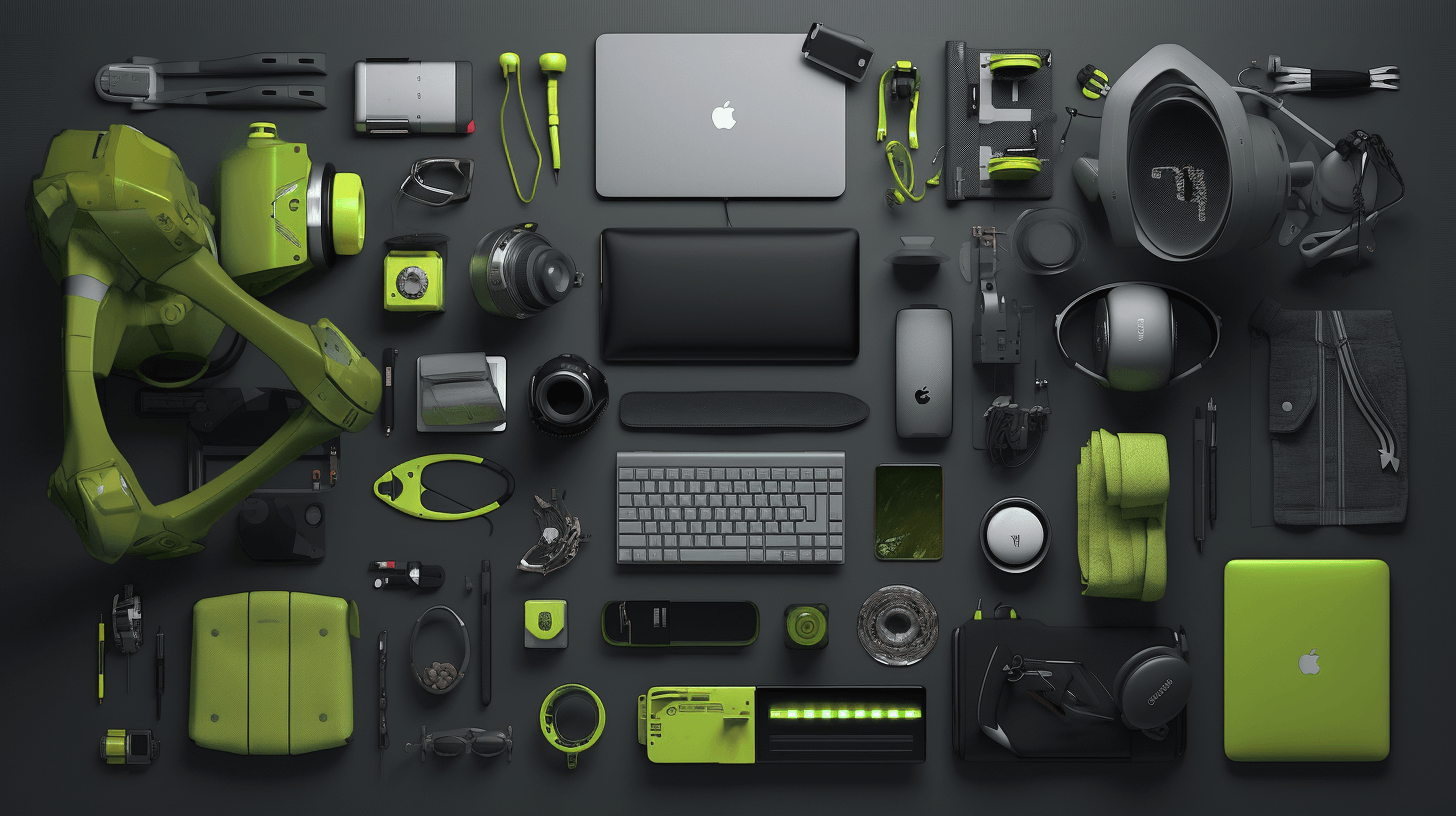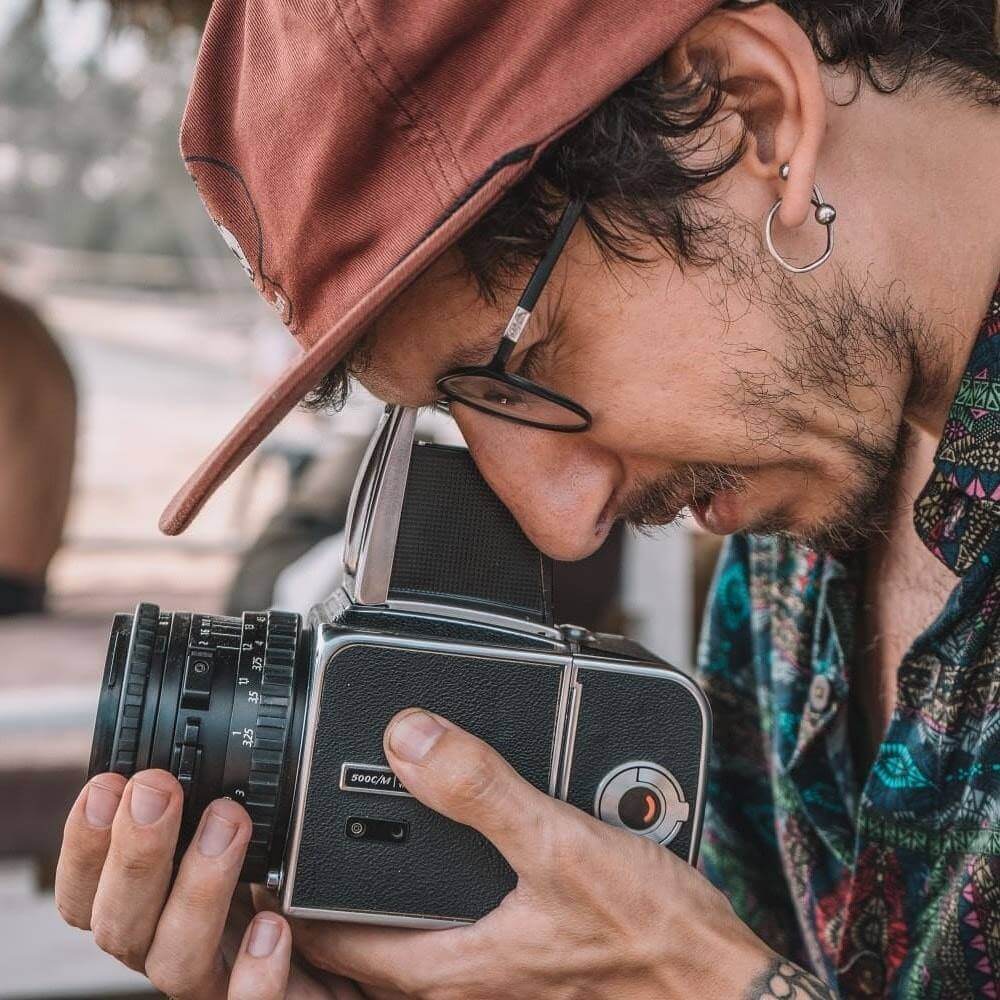What is an art director, and what traits make a great one? We asked leading art directors for their advice.
Most creative fields have an art director. It’s an impressive job title that exists in graphic design, advertising, marketing, publishing, film and TV, web design and video games. Many creatives aspire to become one and if you’re just starting out you probably want to know what you have to do to get the top job. If you are already heading down the path to becoming one, you might want to read on to check you haven’t stumbled off the yellow brick road.
There are a number of so-called soft skills and character traits that are essential to the role. Added to that, of course, is a killer portfolio so if this has prompted you to make sure yours is up to scratch, we’ve got loads of portfolio inspiration to get you started in our rundown of the best portfolio examples (opens in new tab).
To get the lowdown on art directing, first we asked art directors from leading studios to share their thoughts and experiences on what art directors do and what makes a good one. And if you’re convinced the role’s for you, you can read on for some top tips for how to become an art director (skip to the tips here), or head over to our shiny new design jobs (opens in new tab) board to find your next career challenge.
What is an art director?
So what exactly is an art director? It can mean different things in different organisations. Broadly, this job involves managing a team of designers working on a creative project, but the degree of responsibility and autonomy can vary.
“As an art director you must be a leader; someone who inspires and guides the vision of the design team,” explains Blimp Creative (opens in new tab) founder James Fenton. “You have to be able to recognise the talent in those around you and learn how best to get the best from them.”
Art director Jenny Theolin (opens in new tab) comments: “For me, the main difference between working as a graphic designer and as an art director was that I worked more with people than computers. And since I prefer to see the creative industry as a peoples’ industry, this collaboration and co-working was key to creating exciting new work.”
What does an art director do?
“We create a culture of exploration and experimentation, but equally one where we are guided by the brand strategy and creative brief,” sums up Claudia Morris, design director at B&B studio (opens in new tab). “We need to make sure our team is empowered and grounded, whilst being excited and inspired to push boundaries. We need to maintain a culture where the team feel nurtured and free to be the best they can.”
One key aspect of the art director role is that of management: for example, critiquing people’s work, working to deadlines and budgets, and (on occasion) disciplining any designers who have become lazy. However, according to Fenton, an art director’s primary concern is to inspire and guide their team.
“The role of the art director could be compared to that of a chef, fusing together ingredients to produce a menu of delightful dishes,” he explains. “All designers inject their individual personalities, tastes and style into their work. It is the art director’s role to identify and understand the different flavours each member brings to the team, and then carefully infuse them to complement one another.”
The role of an art director is not limited to considering the visual side of things – they need to be able to guide an audience through the information being presented to them, using words as well as images, and creating structure and emphasis through the layout and typography. “An art director must appreciate the written content as much as visual, taking on the role of a storyteller,” comments Fenton. “You must be a mediator between writers and designers, understanding both disciplines and working closely with each.”
“‘Art director’, at least to us at Robot Food, is less a role and more a skillset, one that we nurture in all our creative team,” says Brears. “We believe in great ideas and bold opinions, and we encourage them from all across the studio.”
What makes a good art director?
So what makes a great art director? Well, you’ll be working with people a lot, so one thing’s for sure: it’s not all about creative talent, you’re also going to need to have the right temperament and personality for the job.
“A fundamental aspect to the role is having the ability to foster the best possible creative environment,” says Shaun Bowen, creative partner at B&B Studio. “Having the leadership skills to do this effectively and consistently is one of the most challenging requirements of art director roles – and is not always easy to find in a portfolio. Along with the highest creative flair and talent, it involves an emotional intelligence, compassion and the ability to understand overarching business objectives.”
There are a number of skills that will help you shine in this role. Brears sums up his views: “Time management. Knowing when and where to best invest your energy, when you need to get involved and when it’s better to be more hands off. When to say yes, and importantly, when to say no.”
“For me, a good art director has to be open to influence, inspiration and the expertise of the people around them, appreciating their talents, strengths and weaknesses, while maintaining a clear vision of delivering a message that speaks directly to the reader, viewer or user,” says Fenton.
Ultimately though, the role is often shaped by the person in it. “There is no single formula for what makes a good art director: it’s not a discipline taught in design schools, there are no books or guides that define the steps to success,” adds Fenton.
“Every art director will have forged their own path, have their own definition of what their role is and their own approach to getting the job done and done well. Sometimes, this may be learned from their own mentors and passed down in a master-apprentice way, while others may formulate their process utterly independently, through their personal experience and trial and error.”





